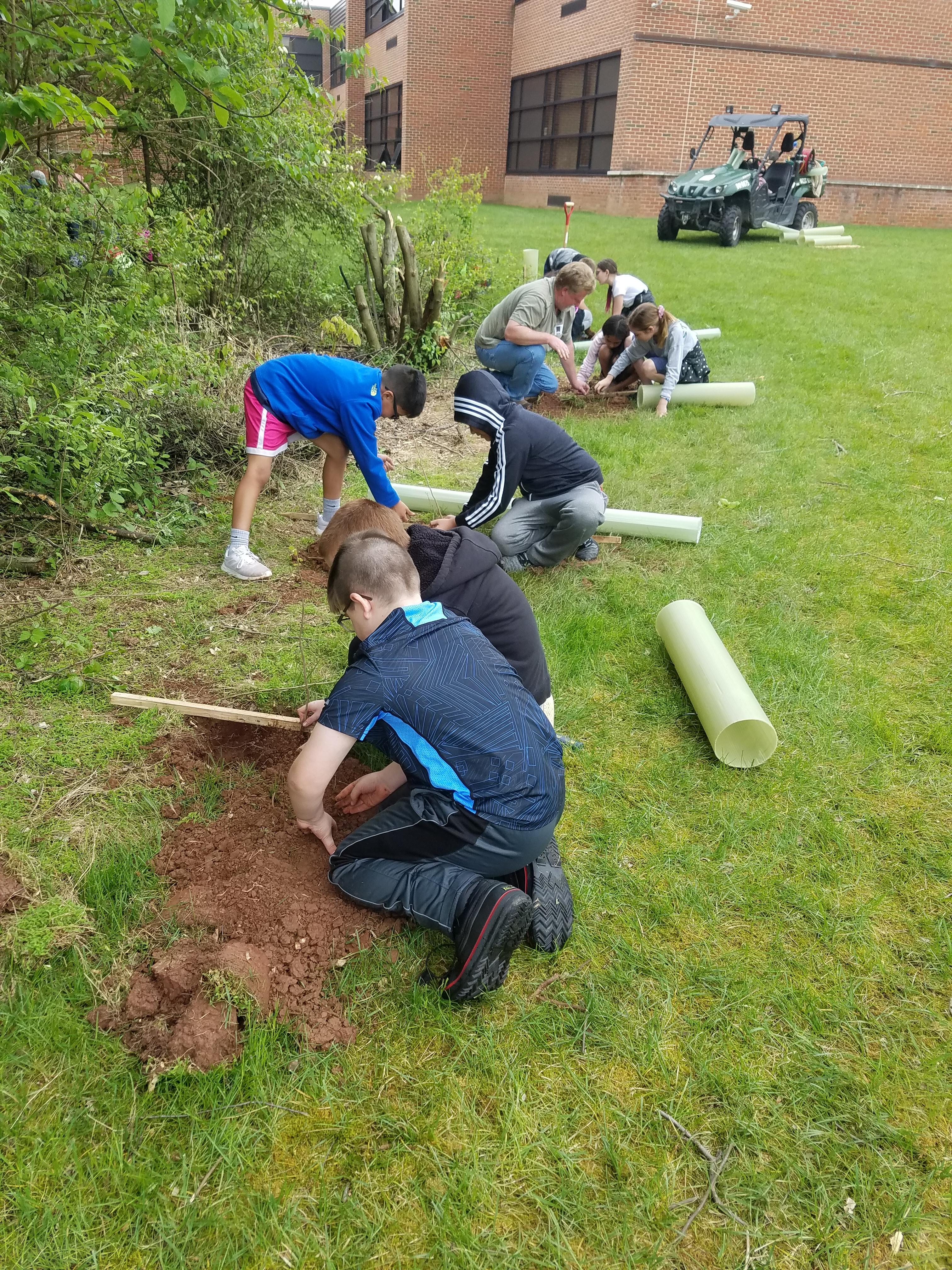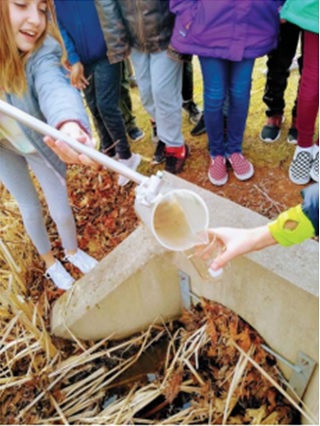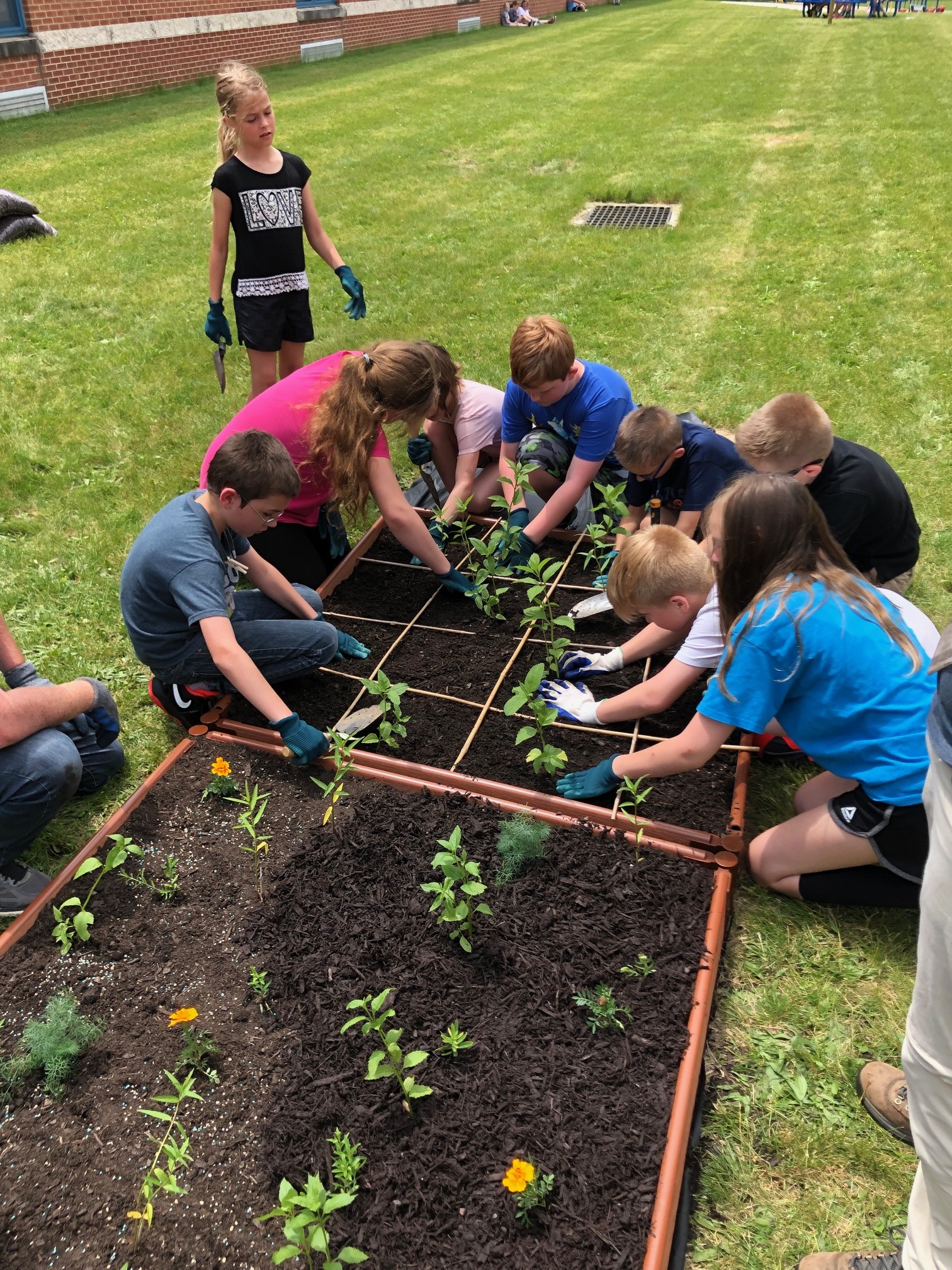PACE, the Partnership for Adams County Environmental-literacy, is a team of educators, administrators, and community partners working to develop an environmental literacy plan using the new STEELS standards and PDE's environmental literacy template. PACE members will collaborate over three years (2022-2025) to build collective knowledge, foster long-term partnerships between educators and community partners, and generate resources to advance environmental literacy in Adams County. Advancing Science at Gettysburg College is coordinating the team of educators from Bermudian, Gettysburg, and Upper Adams school districts. Resources developed through this initiative will be made available. This project is funded by the NOAA Bay Watershed Education Training Program (B-WET).
The NOAA Bay Watershed Education and Training Program (B-WET) office has generously supported a partnership between Advancing Science and four area school districts (Camp Hill, Conewago Valley, Littlestown, and Shippensburg Area) from 2018-2022.
Throughout the What's in the Water? project, 4th, 5th, and 6th grade teachers received extensive training in the MWEE model, outdoor education pedagogy, citizen science projects, and AdSci activity kits. In addition to professional development, AdSci mobile educators provided co-teaching support to build teacher confidence and loaned science activity kits to promote hands-on learning in the classroom and the schoolyard.
Teachers planned and implemented MWEEs to connect classroom learning and schoolyard investigations with local environmental issues and provide their students with opportunities to engage in stewardship and civic action. Visit BayBackpack to learn more about the MWEE model.
MWEEs designed during the partnership include:
Why is our schoolyard a muddy mess after rainstorms? 
4th grade students used the AdSci weather tool kit to learn to measure weather conditions and the habitat diorama kit to understand the interactions between abiotic and biotic factors. Classroom learning extended into the schoolyard where the students measured and logged daily precipitation with the CoCoRaHS citizen science project, analyzed the soil, and identified biotic and abiotic factors present in their schoolyard. Students found that the soil was heavily compacted and the schoolyard lacked biodiversity. To improve the schoolyard, students planted native trees as part of the Keystone 10 Million Trees Partnership.
Do salty roads during the winter lead to salty streams? 
5th and 6th grade students used AdSci kits to investigate watersheds using the Enviroscape Wetlands Model and measure freezing point depression with Vernier temperature probes. Through these activities, students learned how water moves in a watershed and how winter road treatments keep people safe during winter weather. Throughout the winter season, students measured the salinity of stream water on or near their school campus. Students tracked the increase and decrease in stream salinity as road treatments were applied during winter weather and warmer temperatures caused snowmelt. Students shared their findings with the Izaak Walton League Winter Salt Watch citizen science project and with the local community through newsletter articles. View the AdSci storymap for a virtual version of this activity series.
Why don’t animals live in our schoolyard? 
4th grade students used the AdSci investigating insects kit to learn about insect adaptations and life cycles, the habitat diorama kit to understand the interactions between abiotic and biotic factors, and the exploring seeds kit to learn about the needs of plants and the plant life cycle. In the schoolyard, students assessed the biotic and abiotic factors and sampled the insect population. Students determined that the lack of schoolyard habitat was limiting the animal population. To improve the schoolyard, students planned and installed a native pollinator garden. The garden is now used by many insect species and provides an excellent location for students to journal and make observations. To maintain and enhance the garden, students grow seedlings in their classroom during the winter and plant in the spring.